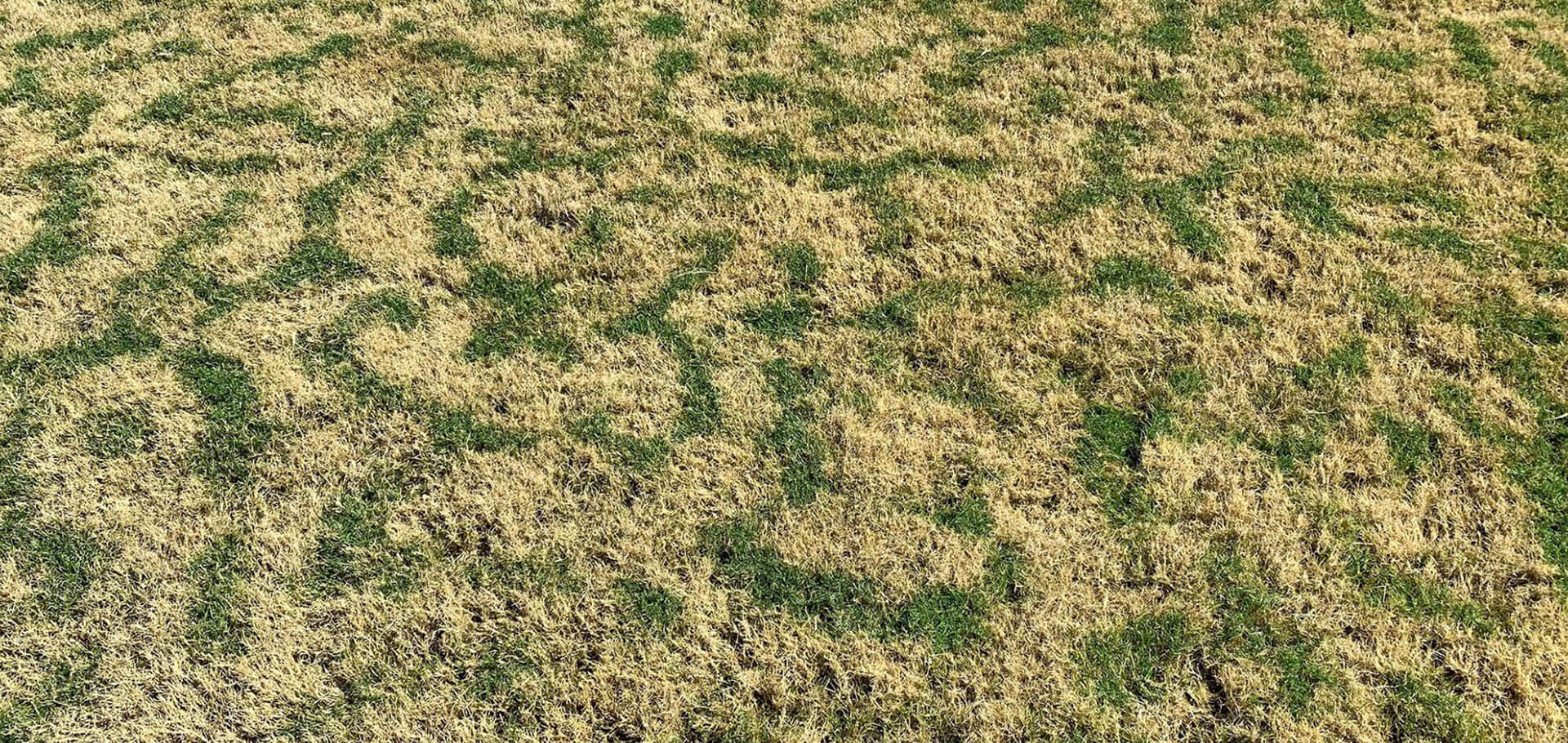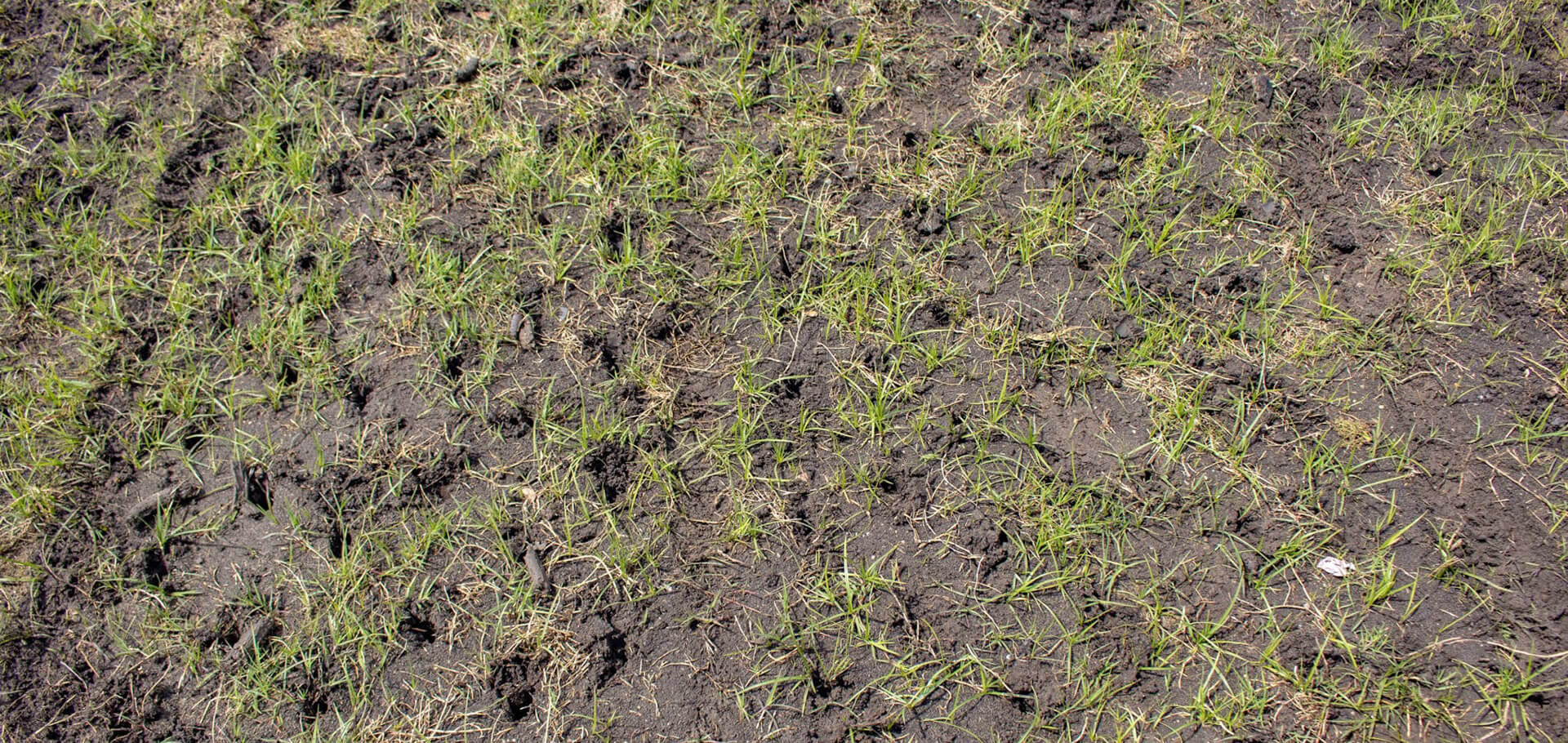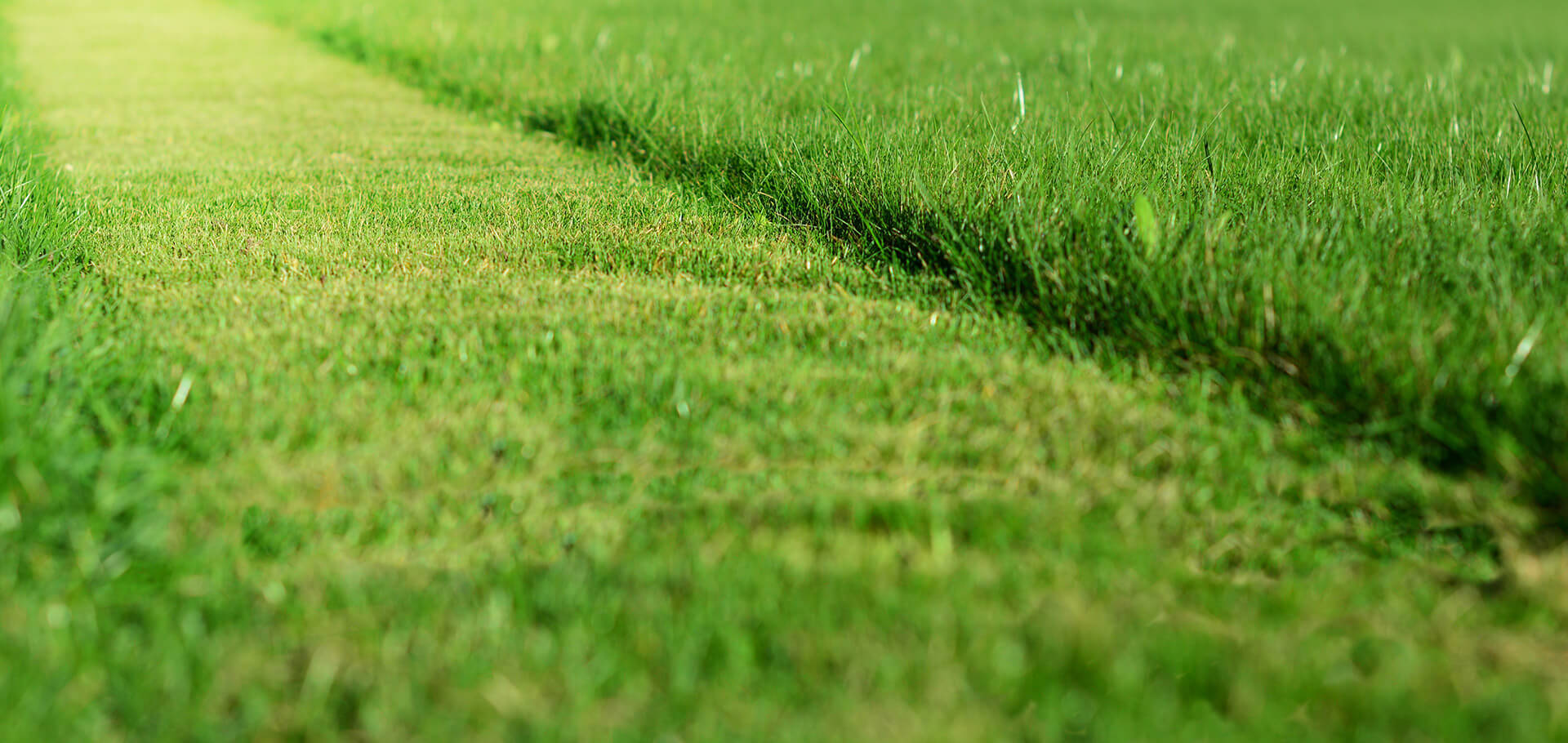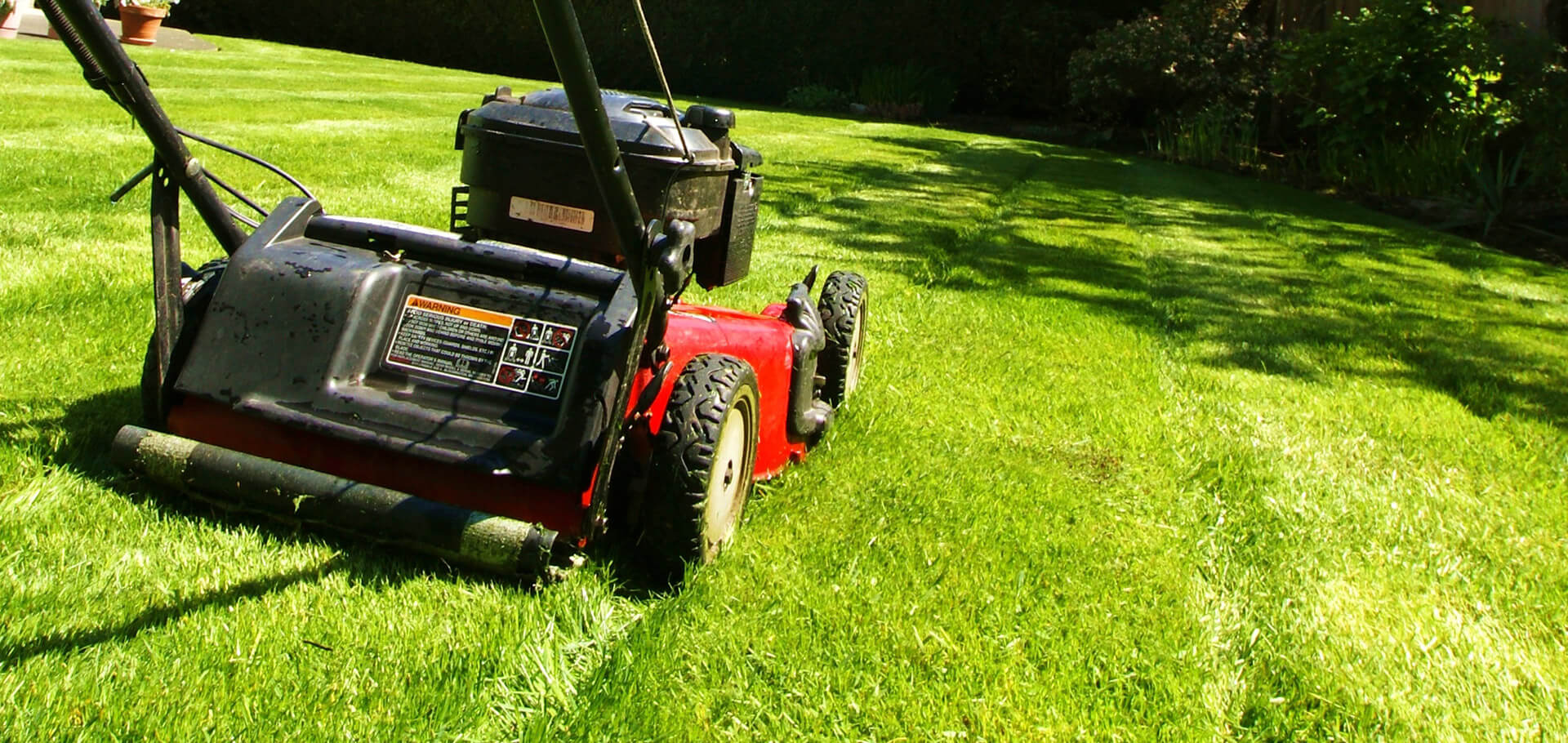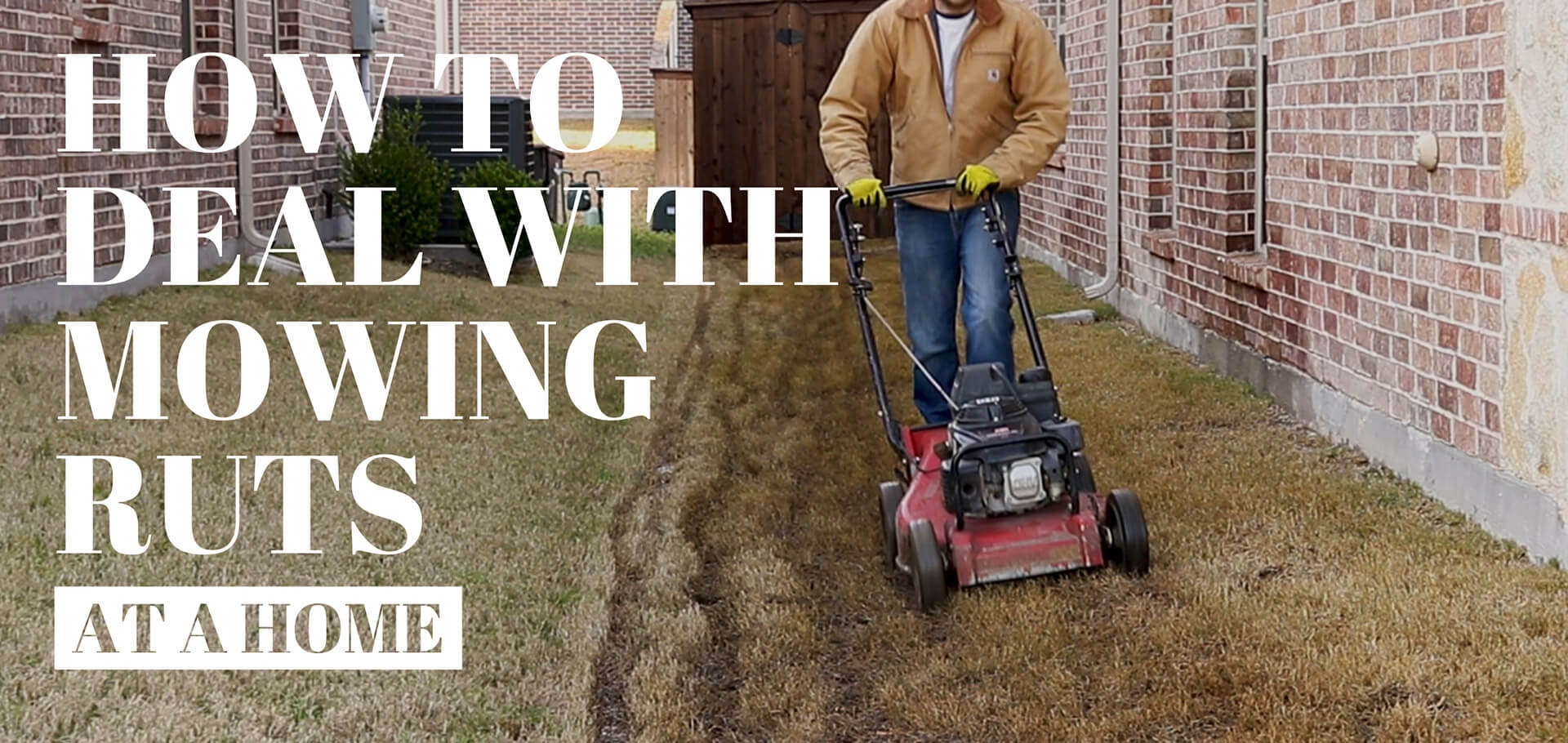In North Texas, Fall is a wild ride for anyone (and anything) living in the area. During any given week, temperatures can rise into the 80’s and then fall into the 40’s. For humans, this temperature roller coaster initiates flu season as well as the seasonal debate of whether or not to wear a scarf or a pair of shorts. (We say, “Do both at the same time.”) Plants, including grass, also get mixed signals from the random climate change, this results in unsynchronized dormancy in lawns.
What Exactly Is Unsynchronized Dormancy In Lawns?
Unsynchronized dormancy is the term we use when a property owner reports “squiggly lines” of green and brown grass in their yard. It’s almost as if your lawn looked like the human brain, if it was brown and green. The phenomenon differs from fungal and insect diseases in the following ways:
- A fungal infection typically appears as a circle. The disease starts at a location and spreads outwards in all directions.
- Insect disease appears as a path. For instance, grubs start at one spot in the lawn and keep moving forward. Unsynchronized dormancy affects large areas of the grass, while insect damage is not as widespread.
The mystery behind this event is relatively simple to explain, warm-season grasses become dormant in response to colder temperatures. Since a lawn is composed of many individual grass plants, parts of your yard will respond to colder temperatures faster than others. It’s much like how one human may respond to colder temperatures by adding more clothes while another person may remain in t-shirts and shorts.
Ice-Ing On The Cake (Or Grass)
While the general idea of dormancy explains why a lawn won’t universally turn brown at the same time, it doesn’t account for the splotchy patterns associated with unsynchronized dormancy. For that, we have to wake up early and take a look at the morning dew. You won’t normally see ice on a North Texas fall morning, but you will see dew. This dew is colder than the dew found on a summer morning and can be a trigger for plants to go dormant. Now, if the dew evaporated uniformly, the lawn may respond accordingly; however, dew does not dissipate at the same time. Therefore, you’re left with parts of your yard “feeling” colder for a more extended period than other portions. The result is random patches of dormant grass right next to active grass.
Don’t Be Alarmed By This Fall Mystery
Unsynchronized dormancy in lawns is a natural event caused by the fall climate in North Texas. You don’t have to worry about your yard being infected by disease or insects. Within a few weeks, you can expect to see the entirety of your lawn become dormant. So place your mind at ease, knowing that your lawn is perfectly healthy for our North Texas climate.

